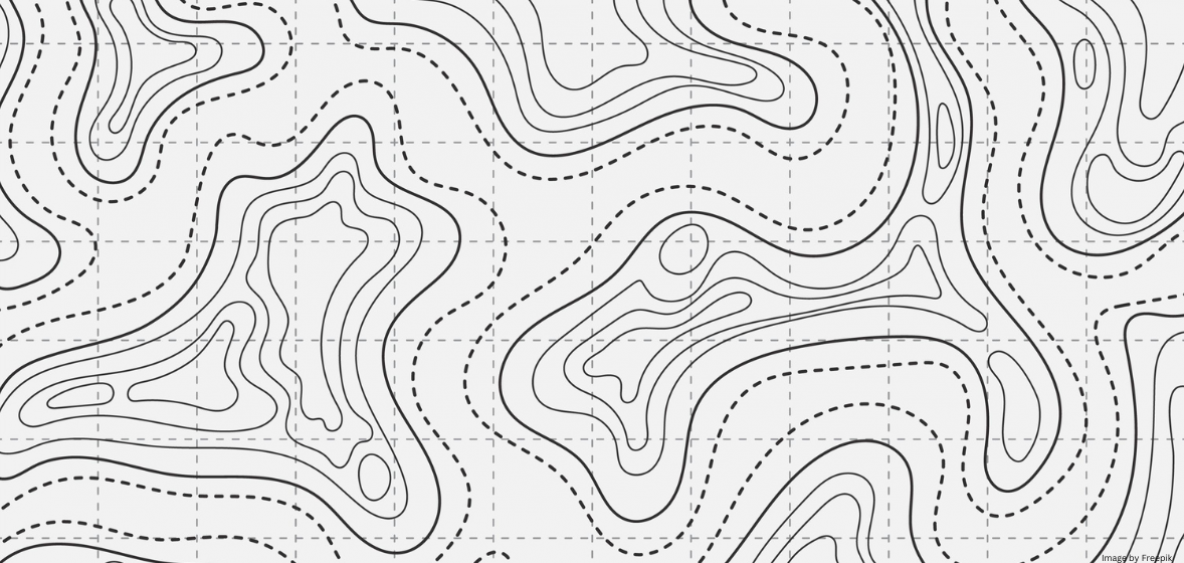
RFS Burundi is using the Collect Earth tool to monitor land use change and identify areas for intervention in three provinces in the country. The results are helping the project team and communities work together to find ways of managing land and increasing resilience for years to come.
Technology has come a long way when it comes to mapping the biophysical characteristics of a region, and harnessing the power of some heavy-hitting software is a big part of the Resilient Food Systems (RFS) programmatic approach; especially for monitoring transformation.
RFS is working diligently across 12 countries in sub-Saharan Africa to enhance long-term sustainability for food systems. A big part of the puzzle here is ensuring land is used sustainably to support food systems resilience, so country projects are employing the right tools for their contexts to track what is happening on the ground.
In Burundi, one such tool is the Collect Earth online imagery interface which allows them to collect environmental data and observe changes over time. The system is free, open-source and collaborative, making it ideal for work in development projects like the Support for Sustainable Food Production and Enhancement of Food Security and Climate Resilience in Burundi's Highlands project (aka RFS Burundi).
As part of a collaboration between the Ministry of Environment, Agriculture and Livestock, through the Geographical Institute of Burundi, and the RFS Burundi project which is led by the Food and Agriculture Organisation of the United Nations (FAO), nine watersheds were recently surveyed in the Mwaro, Gitega and Muramvya provinces of Burundi. These provinces are home to 30 000 RFS beneficiary households who live and farm on 62 hills across 9 communes.
The project was undertaken to not only map the land use systems and their evolution during the period of 2000 to 2020, but also to identify target areas of intervention for future efforts.
The main land uses in the area are cultivated land, forest, grassland and wetland, with agriculture making up over 60% of the land area in almost all of the watersheds. Nkokoma and Mubarazi watersheds in Muramvya province had the lowest agricultural cover at 58.3% and 55.3% of the land, respectively; the average rate across all the sites was 70.3%. This means that the potential for positive impact from sustainable agriculture is huge!
The results of the evaluation also showed that while forest cover remained stable across most of the watersheds during the study period, the Mukuzi, Mucece and Ruvyironza watersheds showed that 70% of agricultural land was reforested. In total, an area of 1992.15 ha were reforested between 2000 and 2020, and 1506.26 ha were degraded.
Such is the nature of this technological output, but RFS is all about integration, and indigenous knowledge is a big part of that.
In RFS Burundi, community engagement from the project’s inception has proven key to the implementation and monitoring of the project results. The maps and data gathered during the initiative using Collect Earth have gone on to inform nine community micro-watershed management plans that incorporate integrated natural resource management and sustainable land management (SLM) at the landscape level. Communities have also created vision maps to direct future projects towards interventions that are most relevant, useful and impactful to their unique contexts and lives. This is an important part of the sustainability of the project results since when communities are at the forefront of their own development, they can truly take ownership of the activities they take part in.
What’s more, 254 governmental staff, 62 of whom are Farmer Field School facilitators, have been trained on SLM tools like Collect Earth, LADA-WOCAT, EX-ACT, and DATAR, all of which are part of the RFS family of resources, to increase capacity in the region and scale up the benefits.
Subscribe to our monthly newsletter to receive updates on stories directly from the field across all our projects, upcoming events, new resources, and more.